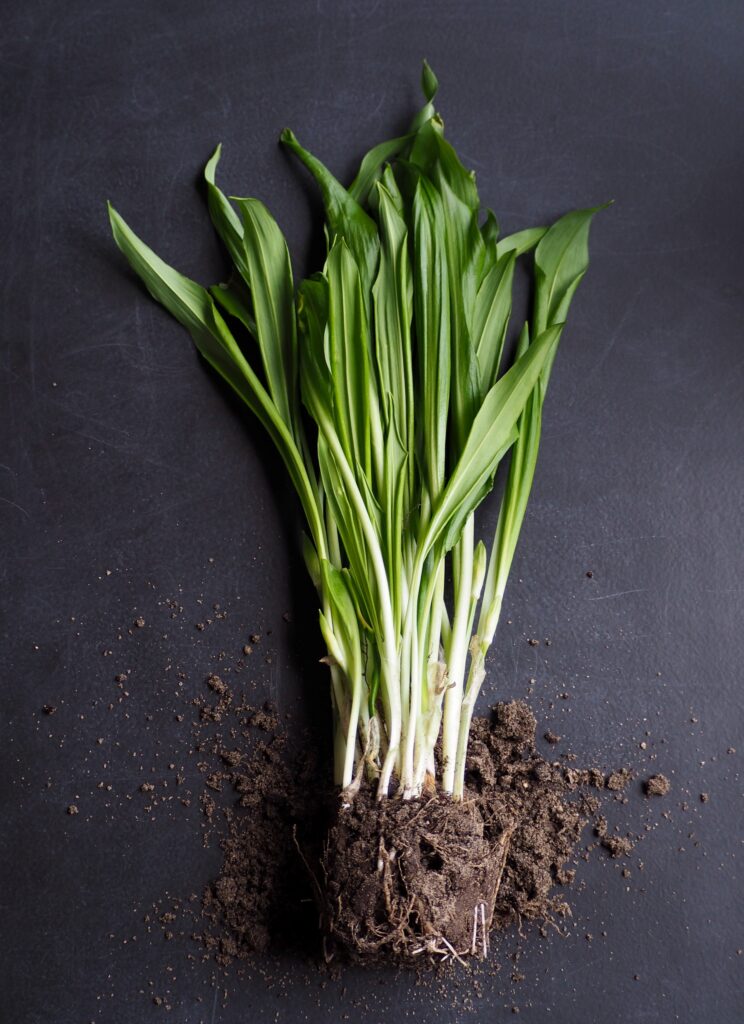Lemongrass is a tropical herb packed with strong citrus flavor. The lemon taste is prized in Asian cooking, as well as in teas, sauces, and soups. In the garden, lemongrass forms a tall, grassy clump 3 to 5 feet tall. Its appearance rivals that of many ornamental grasses and can easily fulfill a similar role in the landscape.
Lemongrass is a versatile herb with multiple benefits. It is used in essential oils and to spice up recipes, and research shows it has therapeutic and pharmacological properties, as well. Lemongrass is also a relatively easy, quick-to-develop plant and worth growing yourself. Featuring bright green, wispy stalks and a crisp scent, it can be grown directly in the garden, in a container, or even indoors — which means you can give it a try pretty much any time of the year. Read on to learn how to grow lemongrass on your own, discover lemongrass varieties, and receive expert harvesting tips.

How to Plant Lemongrass
Lemongrass is one of those herbs you can easily start from seed or a plant. Plus, as it matures, it’s one you can split to share with friends or move to other parts of your garden.
Growing From Seed
Lemongrass seed will germinate best in warm, moist soil. You can try sowing the seeds directly outside if you wait for the danger of frost to pass, but you might have better luck starting them indoors. Give seeds a rich, organic soil, and keep them moist regularly with a spray bottle. When they are a few inches tall, thin them out. Then, at around six inches tall, move them outside.
Growing From a Starter
With lemongrass plants, plant them directly in the ground in a sunny location, and keep them watered to help them get established. You can also plant lemongrass in a pot, either on its own or paired with your favorite flowers.
Potting and Repotting
If you grow lemongrass in a pot, it’s best to bring it inside during colder months and keep it as a houseplant. This is a plant that grows in clumps, so as it gets established, it is easy to split; just make sure to break it up by clumps before moving it to a new garden spot or pot.
Light
In its native habitat, lemongrass grows in full sun, even in hot climates. At least six hours of direct sun per day will meet the plants’ energy needs. Plants growing in shade will be sparse and may attract pests.1
Soil
Lemongrass plants prefer rich, loamy soil. You can create this ideal soil by adding several different soil amendments: compost, manure, and leaf mold are all enriching additives that you can add at planting time.
Water
Lemongrass prefers moist soil for best plant growth, but once established, it will tolerate drought. A 3-inch layer of mulch can help conserve soil moisture and will enrich the soil as it breaks down.1
Temperature and Humidity
As tropical plants, lemongrass thrives in hot, steamy climates. The time for growing lemongrass outdoors is similar to the timing for tomato planting: when night temperatures are in the 60s, it’s time to plant. Lemongrass is very frost sensitive, so if you plan to overwinter the plant indoors, bring it inside before temperatures get into the 40s.1
Fertilizer
As a grassy plant, lemongrass needs a nitrogen-rich fertilizer for its best growth. You can use a slow-release 6-4-0 fertilizer that will feed lemongrass throughout the growing season. You can also water your lemongrass plants with manure tea, which will add trace nutrients.
Harvesting
As a fast-growing plant, lemongrass can withstand harvest when plants are young without any adverse effects on growth. Although the green leafy portions are too tough to eat, you can snip them for tea or steep in broth. The juicy stalks are edible when mashed or minced, adding a fragrant lemon note to dishes. Use a hand trowel to remove individual stalks, roots and all, from the clump. Remove the tough outer leaves and prepare the tender white stalks by chopping, or freeze whole stalk pieces for later use.
Leave a reply













